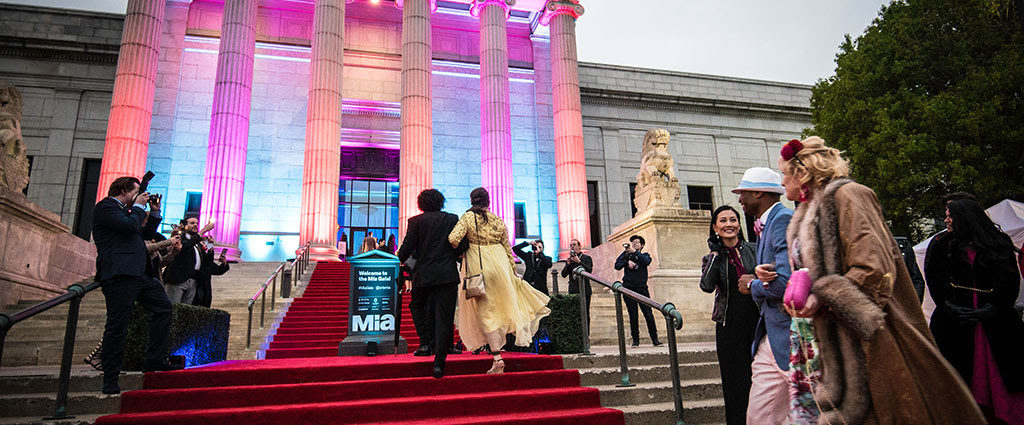The Florence Renaissance began in the late 1400s, driven by artists who veered away from their predecessors. The Florence Renaissance was an offshoot of the Renaissance movement of the fifteenth and sixteenth centuries, reflecting the ascension from the “dark ages of intellectual decline.” This period is characterized by an artistic return to the opulence of ancient civilization. Italian Renaissance artists were particularly “inspired by ancient marbles and myths” and placed man at the center of the universe. Of the numerous Renaissance artists, Sandro Botticelli drove the Florence Renaissance movement. His paintings wove together themes of the mainstream Renaissance with the late Italian Gothic style, focusing on mythical and religious subjects. His posthumous reputation declined until the nineteenth century, but was revived by a rediscovery of his work by the Pre-Raphaelites of the Nazarene movement that is characterized by a return to spiritual work. In partnership with the Uffizi Gallery, rare paintings, sculptures, and prints from the Florence Renaissance transport viewers back to the revival of spiritual and religious artwork.
2022-10-12


Comments are closed, but trackbacks and pingbacks are open.